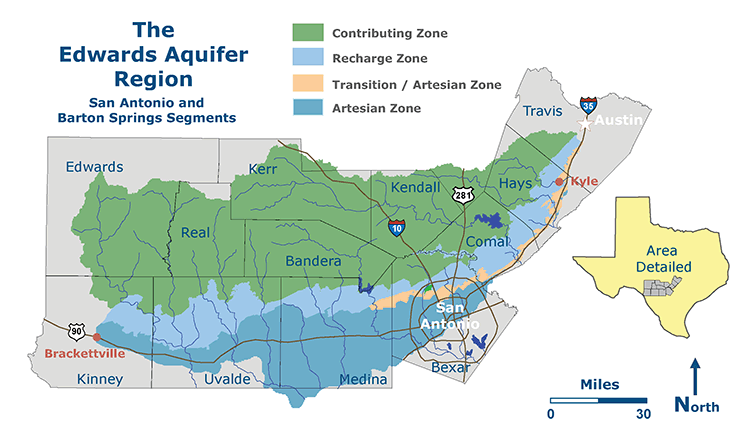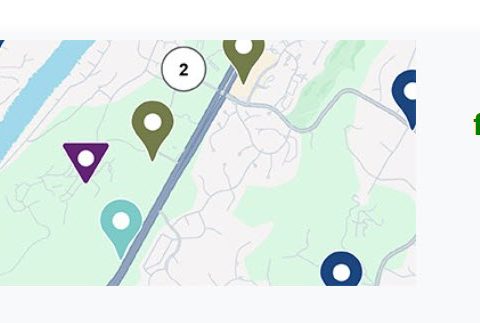Texas House District 73 Rep. Carrie Isaac on Monday asked the Texas Commission on Environmental Quality (TCEQ) for a public meeting on a proposed wastewater treatment plant that would release up to 600,000 gallons of treated sewage per day into the West Fork of Dry Comal Creek, which flows for 30 miles until it enters the Comal River in New Braunfels.
Her request followed an outcry by STOP 3009 Vulcan Quarry, Preserve Our Hill Country Environment Foundation, and the Greater Edwards Aquifier Alliance, which represents 54 member groups.
“It is my understanding there is a great deal of interest in this permit and I believe that a public meeting will serve all interested parties with an opportunity to get questions answered and vet concerns of all affected parties,” she said in a letter to Erin Chancellor, TCEQ acting director.
The commission’s public comment period for the permit ends Thursday.
TCEQ must schedule a hearing if a state legislator representing the area requests one.
A permit application was filed in September 2022 by Douglas Harrison. The proposed facility would be located 0.34 miles south of the intersection of Harrison Road and State Hwy. 46 in Comal County.
The discharge location for the proposed Harrison Wastewater Treatment Facility, which would be built on the 500-plus acre Harrison development, is just west of the proposed Vulcan Quarry, right over the Edwards Aquifer contributing zone, and 2,000 feet upstream from the recharge zone.
The Edwards Aquifer is the source of the largest springs in Texas and the sole source of drinking water for more than 1.5 million people in central Texas.
“Discharging effluent into a dry creek so close to the recharge zone means that the effluent will reach the recharge zone undiluted much of the time,” Milann Guckian, president of Preserve Our Hill Country Environment, said in comments submitted to the TCEQ. “During periods of flooding that are characteristic of the Texas Hill Country, contaminated water will flow for a distance of over 10 miles across the recharge zone.”
“As an organization, we respectfully request a public meeting and a contested-case hearing regarding this permit application,” she said. “This will allow the public to benefit from a fuller discussion of the facts surrounding this environmentally sensitive project.”
Guckian said the discharge rate could be reduced by increasing the average lot size in the development and by removing lots located within the 10-year floodplain.
In a Jan. 12 letter to the TCEQ, GEAA called for a “One Water” approach for the wastewater treatment system that would incorporate beneficial reuse of effluent.
“Both the Dry Comal Creek and Comal River are essential natural resources in this geographic area, as well as agriculture operations throughout the area,” said GEAA Executive Director Annalisa Peace and Technical Director Nathan Glavy. “GEAA encourages the protection and preservation of these two waterbodies and does not support activities that would further degrade the water quality and increase the quantity of low-quality water in this watershed region.”
According to the Texas Water Development Board there are 48 water wells within a 1.5-mile distance of the discharge point, with 21 wells found within a mile distance of the discharge point.
Forty-three of the 48 wells are for domestic (household) purposes, GEAA said, posing serious concerns about cross-contamination with the local groundwater supply.
To leave a comment about Texas Pollutant Discharge Elimination System (TPDES) Permit No. WQ0016211001 on TCEQ’s website, click here.
(Editor’s Note: This story was updated on March 1 to include additional information.)




